The first portable two - way radio, resembling modern walkie - talkies, was developed in the 1930s by Donald L. Hings, a Canadian inventor. Hings was working on a project to create a communication device for the Canadian National Research Council. His initial goal was to design a radio system that could be used for forest fire spotting and other outdoor activities.
Hings' invention was a significant step forward in portable communication technology. The device was relatively small and lightweight compared to previous radio equipment, allowing for easier transportation and use in the field. It consisted of a transmitter and a receiver, enabling two - way communication over short distances.
During World War II, the concept of the walkie - talkie was further developed and refined for military use. The military recognized the importance of having a reliable and portable means of communication for troops on the front lines. Several companies and inventors, building on Hings' work, produced more sophisticated and ruggedized versions of the portable two - way radio.
One of the most well - known military walkie - talkies was the SCR - 536. This device became an iconic piece of equipment during World War II. It was used by soldiers for communication on the battlefield, in reconnaissance missions, and for coordinating movements. The SCR - 536 was simple to operate, with a push - to - talk button and a built - in speaker. It could communicate over distances of up to a mile in open terrain, which was invaluable for military operations.
After the war, the popularity of walkie - talkies spread beyond the military. They found applications in various industries such as construction, security, and emergency services. The technology continued to evolve, with improvements in battery life, range, and durability.
Today, modern walkie - talkies come in a wide range of models, from simple consumer - grade devices used for family outings and camping trips to highly advanced professional models used by law enforcement, fire departments, and other critical services. They now incorporate features such as digital communication, encryption for security, and the ability to connect to wider communication networks. Despite the prevalence of mobile phones and other forms of digital communication, walkie - talkies still hold a special place in many fields due to their simplicity, reliability in areas with poor mobile network coverage, and instant communication capabilities. The legacy of Donald L. Hings' early invention lives on in these versatile communication devices that have become an essential part of our daily lives and various professional settings.


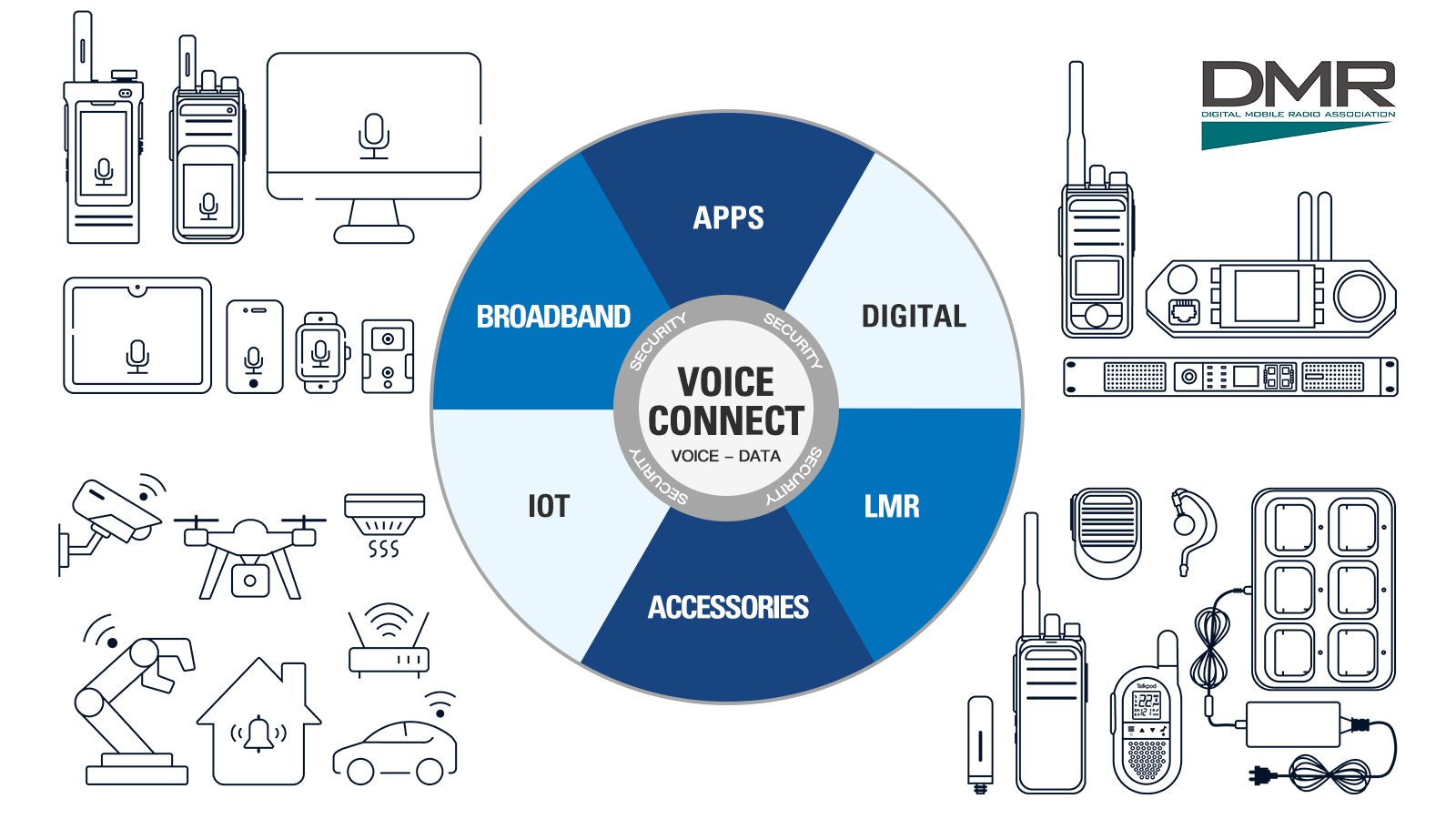


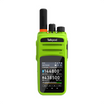
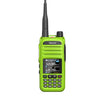
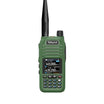
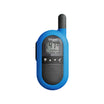


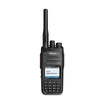
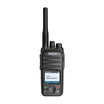
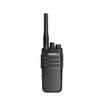
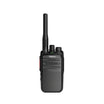
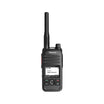
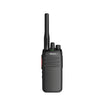
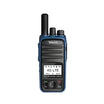
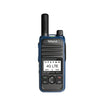
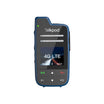
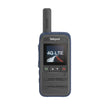
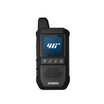
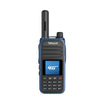
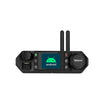
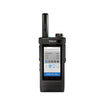
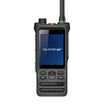


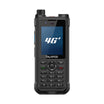
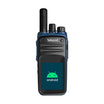
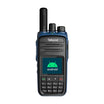
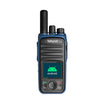
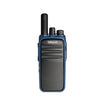
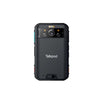


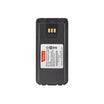



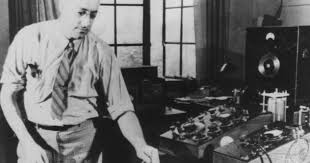
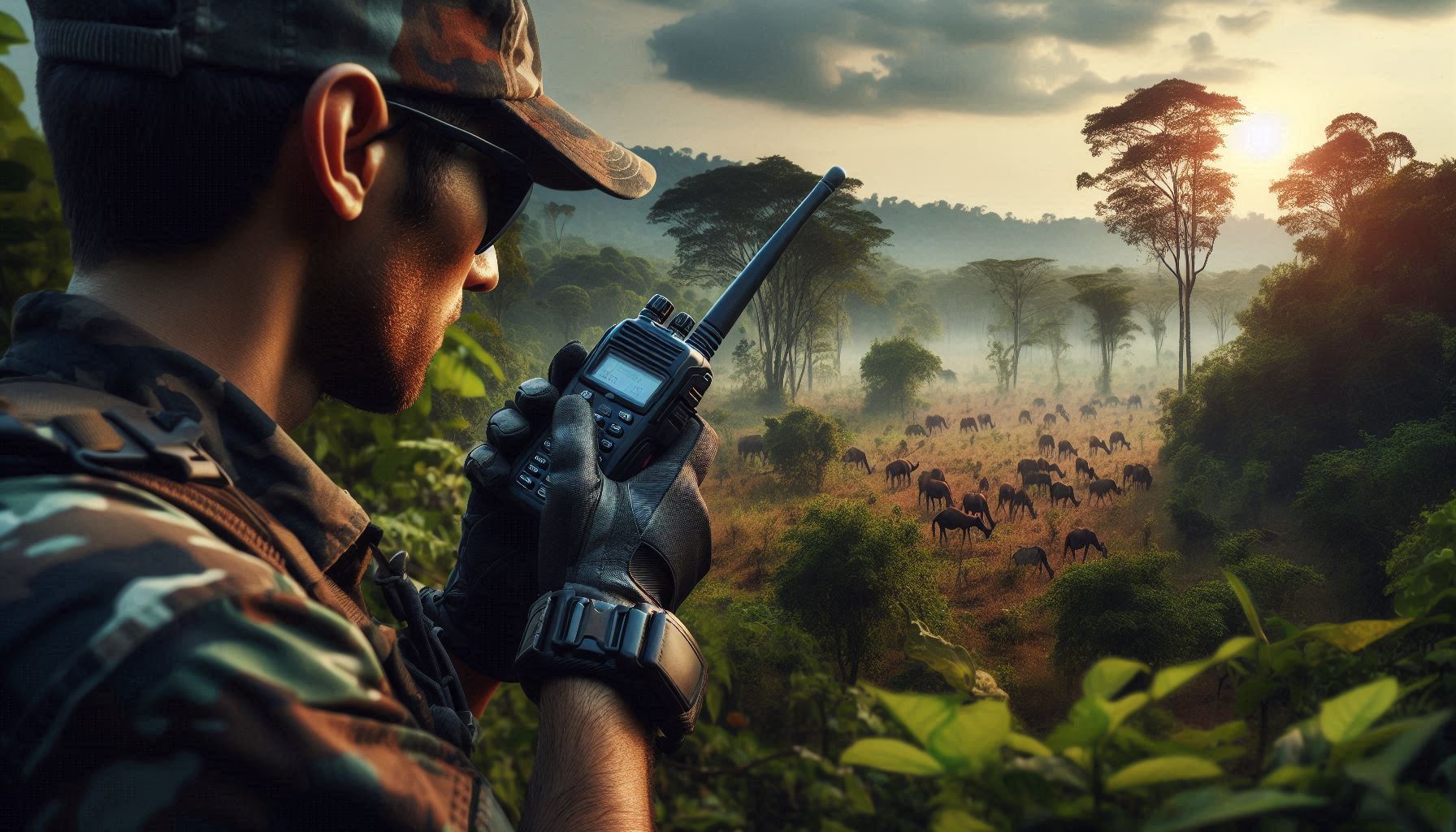
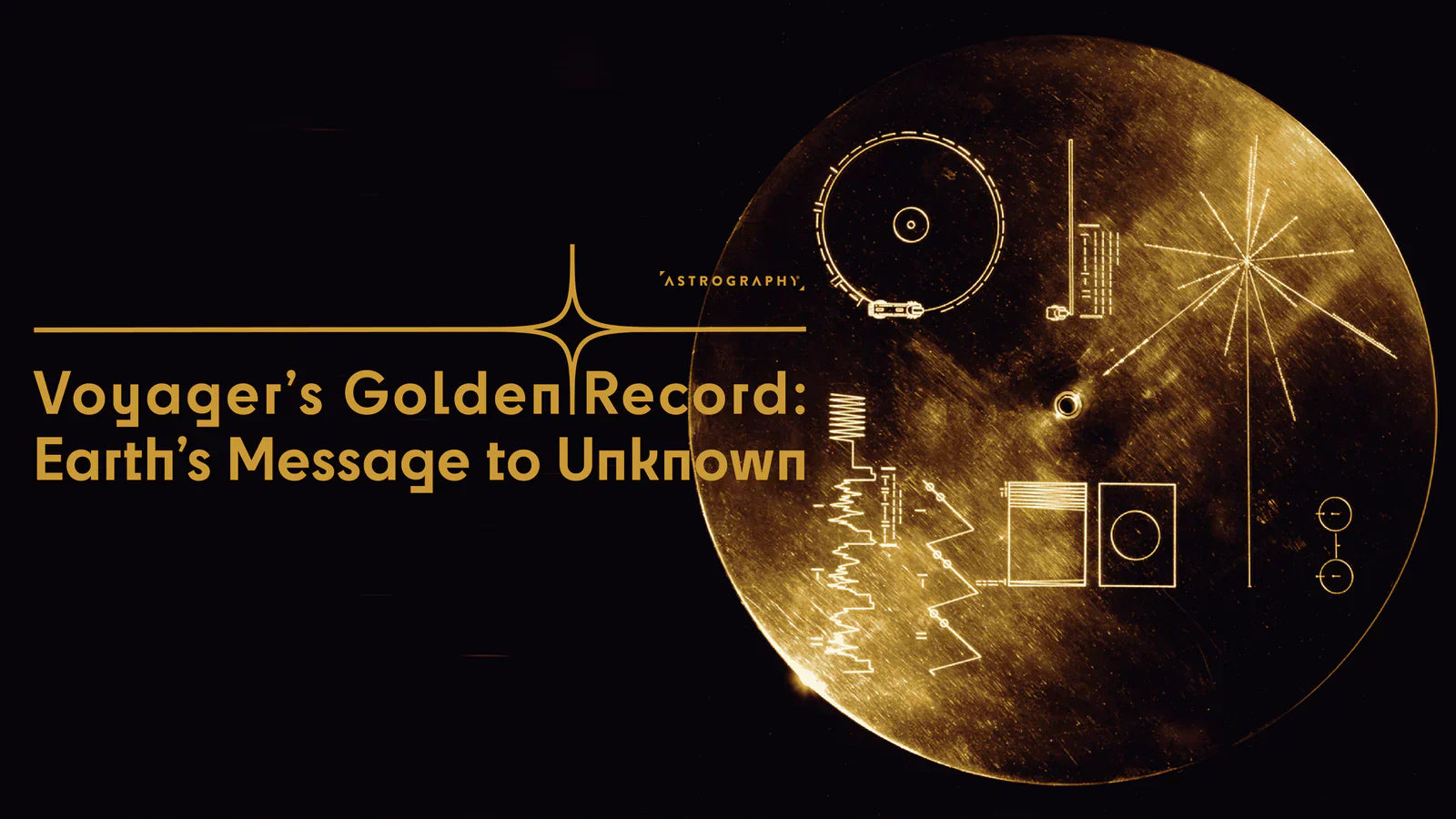
Leave a comment
All comments are moderated before being published.
This site is protected by hCaptcha and the hCaptcha Privacy Policy and Terms of Service apply.